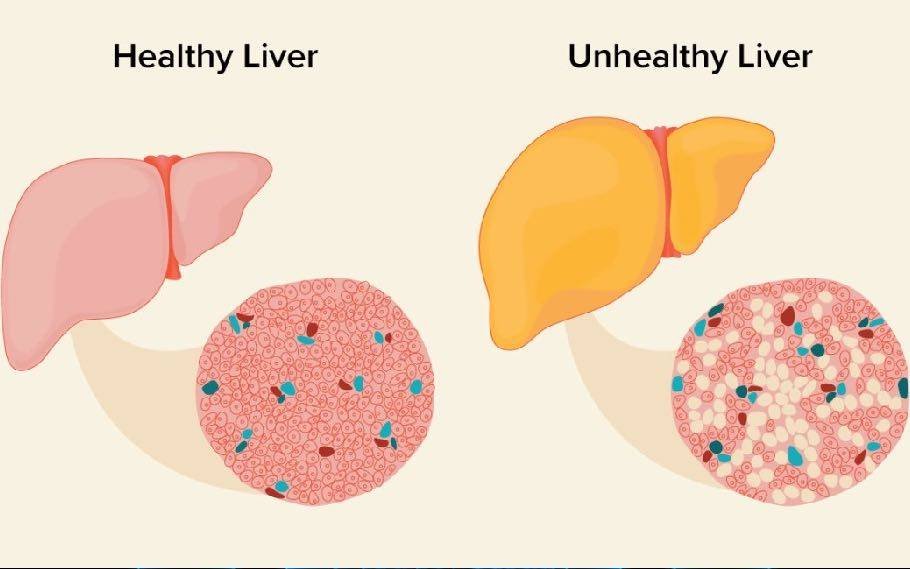It is often said that a liver fluctuates in size significantly throughout the day. The liver plays a key role in metabolism and the elimination of toxins and reaches its maximum efficiency when they are active and fed in Mammals. Biologists from the University of Geneva (UNIGE), Switzerland, have discovered how this organ adapts to the cycles of feeding and fasting, and the alternation of day and night within 24 hours.

How researchers demonstrate liver fluctuates in size
The researchers demonstrated in mice that the size of the liver increases by almost half before returning to its initial dimensions, according to the phases of activity and rest. Published in the journal Cell, their study describes the cellular mechanisms of this fluctuation, which disappears when the normal biological rhythm is reversed. The disruption of our circadian clock due to professional constraints or private habits therefore probably has important repercussions on our liver functions.

Mammals have adapted to diurnal and nocturnal rhythms using a central clock placed in the brain. The latter, which is resettled every day by the light, synchronizes the subordinate clocks present in most of our cells. In the liver, more than 350 genes involved in metabolism and detoxification are expressed in a circadian fashion, with a biological rhythm of 24 hours. “Many of them are also influenced by the rhythm of food intake and physical activity, and we wanted to understand how the liver adapts to these fluctuations,” says Ueli Schibler, professor emeritus at the Department of Molecular Biology of the UNIGE Faculty of Science. The liver oscillates, but not the other organs.
The mice forage and feed at night, while the day is spent resting. “In rodents following a usual circadian rhythm, we observed that the liver gradually increases during the active phase to reach a peak of more than 40% at the end of the night and that it returns to its initial size during the day,” notes Flore Sinturel, researcher of the Geneva group and first author of the study.
The cellular mechanisms of this adaptation were discovered in collaboration with scientists from the Nestlé Institute of Health Sciences (NIHS) and the University of Lausanne (UNIL) in Switzerland. Researchers have shown that the size of liver cells and their protein content oscillate in a daily manner.
The number of ribosomes, the organelles responsible for producing the proteins required for the various functions of the liver, fluctuates together with the size of the cell. “The latter adapts the production and assembly of new ribosomes to ensure a peak of protein production during the night. The components of ribosomes produced in excess are then identified, labelled, and degraded during the resting phase,” explains Flore Sinturel.
Also Read: Assamese Film,”Mor Ghorar Duronto Goti” shortlisted for Oscars 2022











